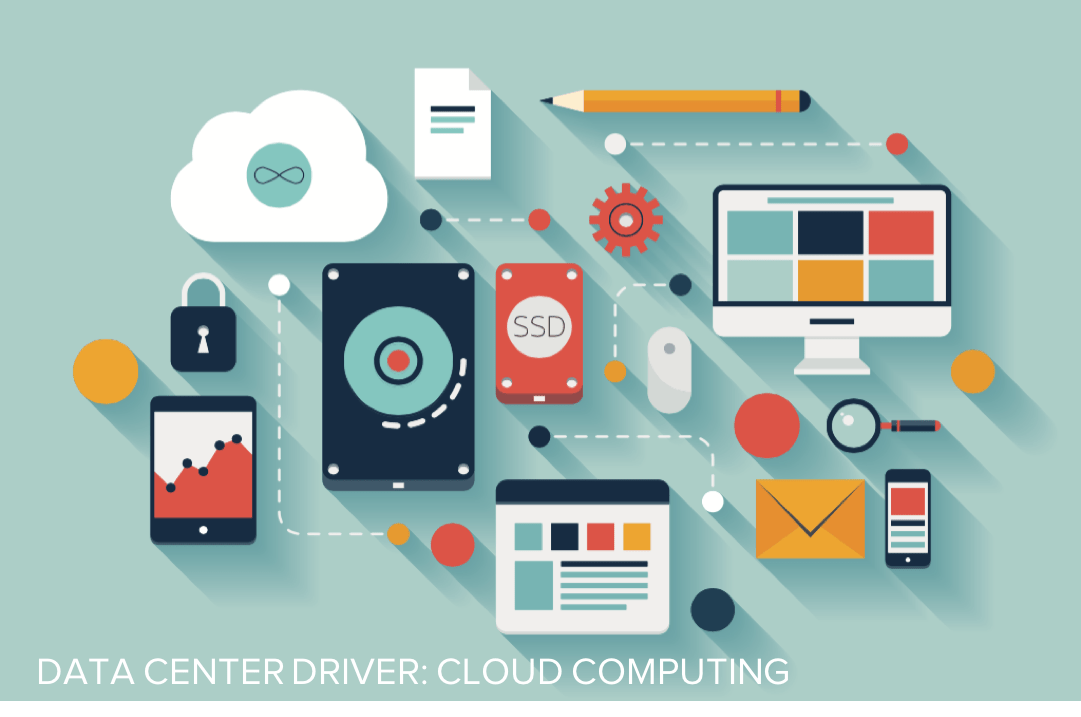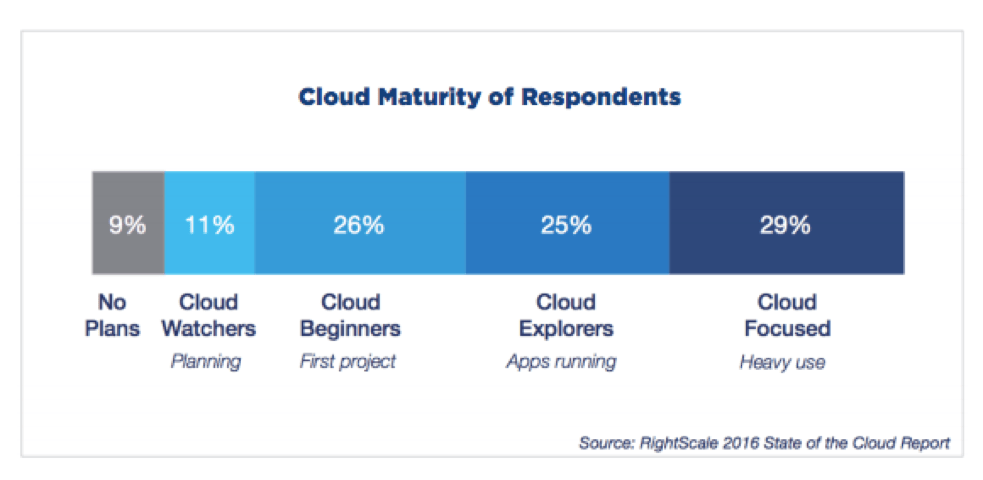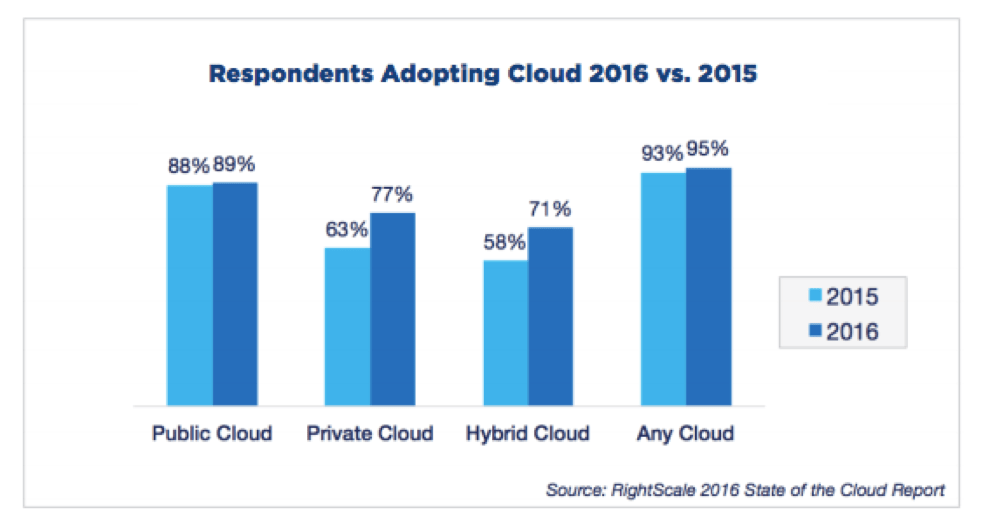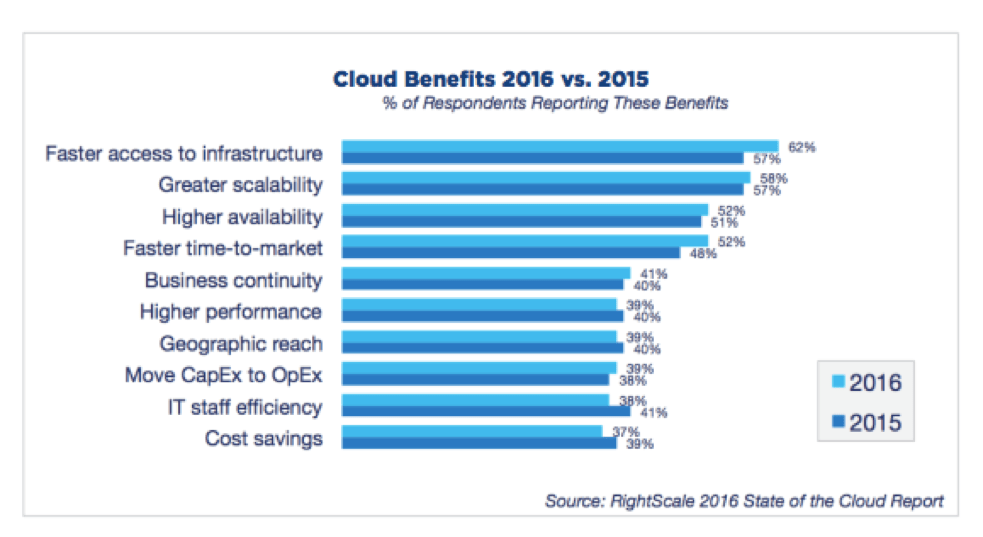By Luke Smith · 2/9/2016

What's driving data center demand? This subject is discussed and debated often as the need for cost effective, reliable, and secure data center solutions becomes increasingly more important. Over the next few weeks, we will cover several demand drivers creating demand for data centers across the world. Up first – cloud computing.
Technology advancements allow companies to offer new services and interact with customers in more efficient ways. As a result, most companies find themselves utilizing IT solutions while working to keep costs manageable. While some companies might consider building their own infrastructure as a solution, most companies don't have the time or resources to do so. This gives rise to the growth of cloud computing. Cloud computing is using remote servers, connected through the internet, to store, manage, and process data, instead of the company having to use their own servers.
Cloud computing appeals to customers for different reasons:
- Cost Savings – Operating in a cloud environment is often a more manageable economic option. Cloud benefits the customer by eliminating internally owned IT hardware that depreciates over time. Additionally, operating costs can be shared among all users in public and private cloud data center solutions, providing economic efficiencies
- Scalability – Cloud computing allows for customers to scale up or down IT load based on need and demand. Furthermore, the load can be balanced across several different platforms in different locations, allowing a company to better accommodate unpredicted usage
- Ease of Access – Since the customer's data is accessed through the internet, the ability to manage it from any location is a key benefit
- Reliability – Larger cloud service providers share their server environment across a network of different physical data centers. When built correctly, this network provides increased redundancy across multiple locations
Because of these benefits, most companies are currently utilizing cloud computing in their IT strategy. In support these facts, RightScale produced a 2016 State of the Cloud report evaluating over 300 organizations and their use of cloud computing. The statistics returned are very interesting:
- 95 percent of organizations surveyed are running applications or experimenting with infrastructure-as-a-service
- 82 percent of enterprises have a hybrid cloud strategy, holding steady from 2015
- Private cloud adoption increased from 63 percent to 77 percent, driving hybrid cloud adoption up from 58 percent to 71 percent year-over-year




Cloud adoption consistently creates demand for data centers. Whether cloud providers build their own data centers (Amazon Web Services, Microsoft, Google) or colocate with data center operators (Equinix, Telx, CoreSite), the use of cloud computing is consistently growing and changing the data center market.